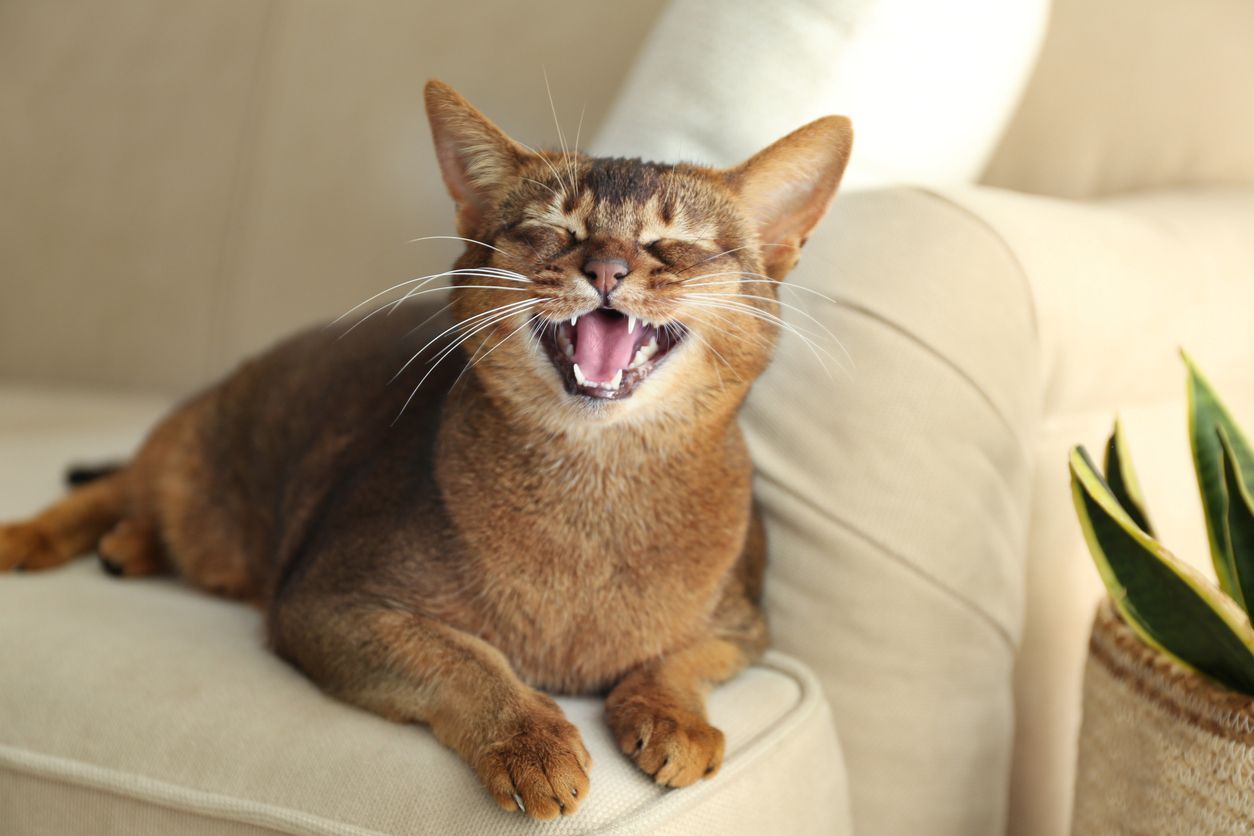How to prevent and treat dental disease in your cat
Published
on
Last updated
on
Researched by
The Vetster Editorial Team
Researched by
The Vetster Editorial Team
WELLNESS
CAT

Create a free account
Access this article plus additional benefits for you and your pet
Extensive pet health resources
Access 3,000+ veterinarian verified pet health articles
Messaging with our care team
Get answers about your pet’s health, fast.
Book 24/7 video appointments
Same-day video appointments with highly-rated veterinarians




